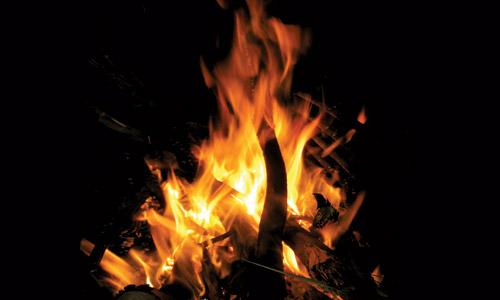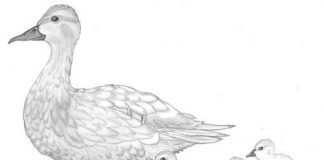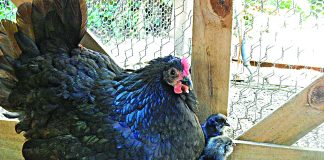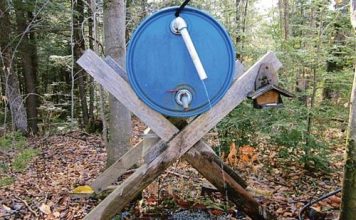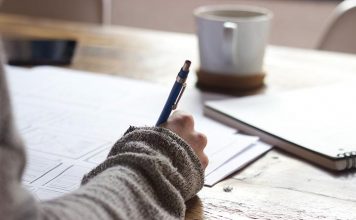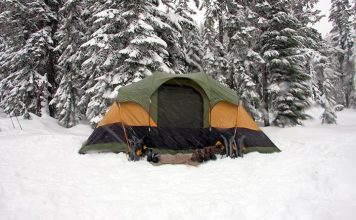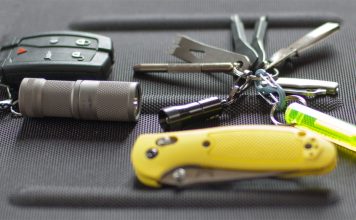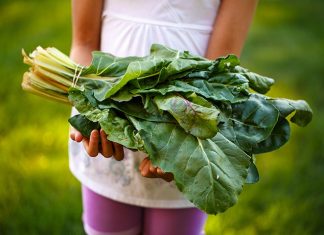By Charles Sanders
But we also know that we may someday be in a situation where our ability to build a fire might determine whether we live or die.
If you often trek the backroads or travel to the backwoods while hunting, fishing, trapping, camping, or hiking, the ability to build a fire under any condition is a necessity.
Fuel
There are three types of fuel: tinder, kindling, and larger wood (sticks, limbs, and logs).
Fuel to start a fire needs to be dry. Most of the time, this is not a problem. It’s easy get a fire going on a nice sunshiny day, but what about on a cold, windy, rainy, miserable day? I taught my kids to always look on the lower branches of small cedars and pines for the tiny, dry, dead twigs needed to start a fire. Even in snowy or rainy weather, these lower limbs are much drier than most other fuels available. In my area, Sassafras is another good choice for getting a fire going. It ignites quickly, and burns hot, albeit fast.
Tinder
Tinder is the material used to get the fire going initially. It can be tiny twigs and sticks, wood shavings, or even a mouse’s nest. The important thing to remember is that the smaller the fuel, the easier it is to ignite. The tinder has to be dry. This obvious fact can become a real problem on a rainy or snowy day.
One easy solution is to use a “fuzz-stick” to help get the fire going. A fuzz-stick is made by simply taking a dry stick and cutting into it with your knife — making shavings along the length of the stick, but leaving them attached. Make several of these and lay them in place in preparation for lighting your fire.
Birch bark is an excellent fire-starting aid. If you are in birch country, simply peel off several of the loose pieces of bark. The stuff ignites easily and burns with a black smoke that indicates its oily content.
Kindling
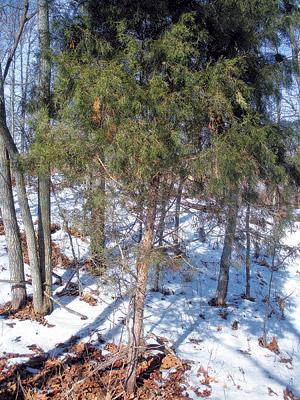
Kindling is best described as wood larger than the tinder and up to thumb size or so. Again, find the driest wood you can. Any limbs that are up off the ground will be your best bet. Those can be dead limbs on trees or fallen limbs that have gotten hung up in shrubs and brush on the way down. If you gaze across a piece of woodland, you can easily spot limbs and small wood that is up off the ground. Gather all of it you can.
Larger wood
Cut or chop into the innards of a large piece of dead wood and you’ll find plenty of dry fuel to help get your fire going.
Softwoods such as conifers will usually ignite easily and burn quickly — good for getting a fire going.
Hardwoods such as oak, hickory, and birch are harder and denser than softwoods. They are more difficult to get going, but they will burn longer. These types of wood make good “night fuel” when you want the fire to burn for a long time and leave a bed of hot coals.
Although some woods are better for burning than others, in a must-have-a-fire situation, look for any type of dry wood.
Laying the fire
Back when I was a Boy Scout, I learned three or four different ways to “lay the fire,” or arrange the tinder, kindling, and larger wood prior to igniting it. Experience has taught me that this is one of the most important parts of fire building.
My preferred method is to use a small chunk of wood (three or four inches in diameter) as a back log. I usually try to place it so that it breaks the wind as I start the fire. Directly in front of this piece, I place the tinder. Next, I pile on small twigs and sticks. I pile them with one end on the wood chunk, slanting on and over the fine tinder. Then I add pencil-sized sticks and have the rest of the kindling and fuel wood standing by.
Once you have the tinder going, blow to further ignite the fuels. Long, gentle puffs will encourage the flaming tinder. With practice, you will learn exactly what “gently” means in the context of fire building.
Add kindling and progress up to larger sticks and limbs.
In situations where you must use damp wood as fuel, be sure to put it on a well-burning blaze and remember to add just a piece or two at a time, so that it can dry a bit and ignite before piling on more damp wood. It takes a lot of the fire’s heat to dry the wood to the point where it will ignite. That also causes the smoke associated with burning damp wood. A fire made with dry wood will give off practically no smoke.
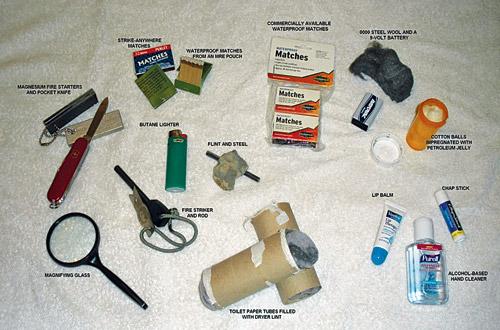
Fire starters
Matches
Tips
• Fine, dry fuel will get a fire going fast. The dead and dry lower limbs and twigs from cedars, pines, and other conifers work well. With fire building, smaller is always better, at least at first.
• Gather only dead wood that is up off the ground. Wood absorbs a great deal of moisture when in contact with the ground.
• Be redundant — keep a variety of fire starters available.
• Practice building a fire under a variety of conditions. That way, you’ll be prepared for the worst.
The first and most common method of igniting a fire is with an ordinary kitchen match. I keep pill bottles of them stuffed in my pockets — at just about any time, I have a container of kitchen matches on me somewhere. Buy the “strike-anywhere” matches and not the “strike-on-box” type.
I also keep several books of “damp-proof” matches left over from MREs stashed in my pockets as well. These are easy to keep tucked in a pocket or pouch. You won’t know they’re there until you need them.
Magnesium
An excellent fire starter is a variation on the old flint and steel method. The modern version, called a Metal Match, is simply a small rectangular chunk of magnesium with a flint-like striker on one edge. Use a knife to scrape a small pile of shavings off the magnesium block onto a piece of paper, a leaf, or a similar object. Then, use the knife to scrape the striker, creating a shower of sparks. When the sparks hit the magnesium shavings they will ignite and burn furiously for several seconds, long enough to ignite the tinder you have prepared. These devices are available in generic form as well. They cost around five dollars, so it is easy to keep one stashed away in your vehicle, your get-home pack, and your hunting coat.
Disposable lighters
I also keep a few disposable butane lighters in backpack pouches and in survival kits. These are inexpensive, waterproof, and dependable.
Magnifying lens
Just for practice, I have used magnifying lenses to start campfires. On a bright day, you will be surprised just how quickly you can get fine fuels blazing with a little magnifying glass.
It’s a good idea to keep two or three different fire starters in your pack or kit. In fact, it is wise to have some tucked away in different places. That way, if you lose one pack or pouch, you will have alternative fire starters available in a different location.
Conclusion
Practice your fire building skills before they are needed. Get out in the snow and try to start a fire. Head out during or after a rainstorm and perfect your pyrotechnic know-how. The ability to build a fire under adverse conditions or in bad weather is just another part of backwoods living.
Alternative fire starters
Trappers, snowmobilers, and others who travel in cold or wet weather usually include some type of fire-starting aids in their kits.
• A tuna can filled with a long coiled strip of 1-inch-wide cardboard with paraffin poured over it makes a good fire starter.
• Dip cotton balls in petroleum jelly and carry several in a 35mm film can or pill bottle. They burn easily and will last for several minutes each.
• Ordinary snack chips contain huge amounts of oil and can help get your fire going. They will burn by simply holding a match to them.
• Alcohol-based hand sanitizer can be used to start a fire. The higher the alcohol content, the better it will burn.
• Fusees or road flares can help in really tough situations. Backwoods motorists often keep several of these in their vehicles for emergency signaling and fire starting.
• Carry a half dozen or so of the light-with-a-match charcoal briquettes in a plastic zip bag. These little chunks are impregnated with charcoal lighter fluid and will light easily.
• Place a paper toilet paper roll in a ziplock bag. Inside the cardboard tube, stuff some dryer lint. The cardboard tube will ignite easily, as will the dryer lint. Both are lightweight and easy to pack.


